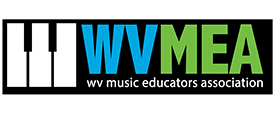 WVMEA History
WVMEA History
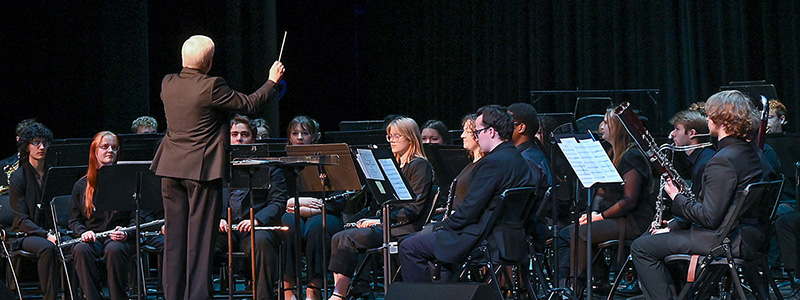
Materials concerning music education in the state have been collected and stored in the library archives in the West Virginia and Regional History Collection that is located in the Charles C. Wise, Jr. Library on the WVU Downtown Campus. In addition, the WVMEA historians have written articles of historical interest, entitled “Notes da capo,” for the WVMEA publication, NOTES A TEMPO.
In 1981 the MENC national office requested that the West Virginia Music Educators Association create the position of Historian in order that records pertaining to music education in our state might be preserved.
The WVMEA Executive Board appointed Clifford W. Brown in June of that year to the first historian, and he served in this capacity until his tragic death in November of 1988. John L. Puffenbarger of Buckhannon, West Virginia was appointed to replace Dr. Brown, and he served until October of 2008.
Materials concerning music education in the state have been collected and stored in the library archives in the West Virginia and Regional History Collection that is located in the Charles C. Wise, Jr. Library on the WVU Downtown Campus. In addition, the WVMEA historians have written articles of historical interest, entitled “Notes da Capo”, for the WVMEA publication, NOTES A TEMPO.
The “Notes da Capo” articles on this website were taken from past issues of NOTES A TEMPO, beginning with Dr. Brown’s first column in November 1983.
About the Historians:
Clifford W. Brown was born in Uniontown, Pennsylvania, June 23, 1912. After graduation from Point Marion High School, Point Marion, Pennsylvania, he attended West Virginia University, and in 1933 earned a Bachelor of Science Degree in music education. He also studied at the University of Michigan in 1936, and at Carnegie-Mellon from 1938-1941.
Brown held many positions in his career. He was supervisor of music in the South Union School District, Uniontown, Pennsylvania; acting director of the West Virginia University band; instructor, assistant professor, associate professor, professor at WVU; and chairman of music education at the university. He served the WVMEA as president, and was also president of the WV College Music Educators Association.
John L. Puffenbarger was born in Fairmont, West Virginia on March 25, 1939. He graduated from East Fairmont High School and Fairmont State College, where he earned a Bachelor of Arts Degree in music education. He also studied at West Virginia University and West Virginia Wesleyan College.
Puffenbarger taught at Clarksburg Washington Irving High School from 1961-64. He taught at Buckhannon-Upshur High School, Buckhannon-Upshur Middle School, and county grade schools until he retired in 1996. He has held WVMEA positions as:
- Secretary, WV Bandmasters Association
- Editor, NOTES A TEMPO
- President, WV Bandmasters Association
- President, County Music Educators
- President, Phi Beta Mu, WV (Tau) Chapter
- WVBA Adjudicator
- Coordinator, WVMEA Solo & Ensemble Festivals
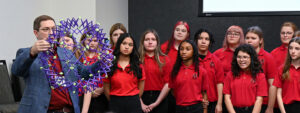
ETUDE
Etude is the current e-newsletter available to active and retired WVMEA members. A collection of old issues Etude are available online.
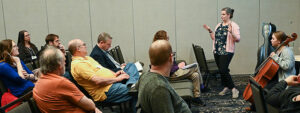
NOTES A TEMPO
The following old issues of WVMEA’s discontinued magazine are available in .pdf format:
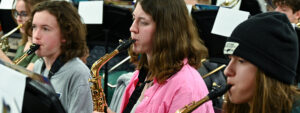
NOTES DA CAPO
An online collection of articles by Clifford Brown and John Puffenbarger
on the history of music education in West Virginia can be found online.

